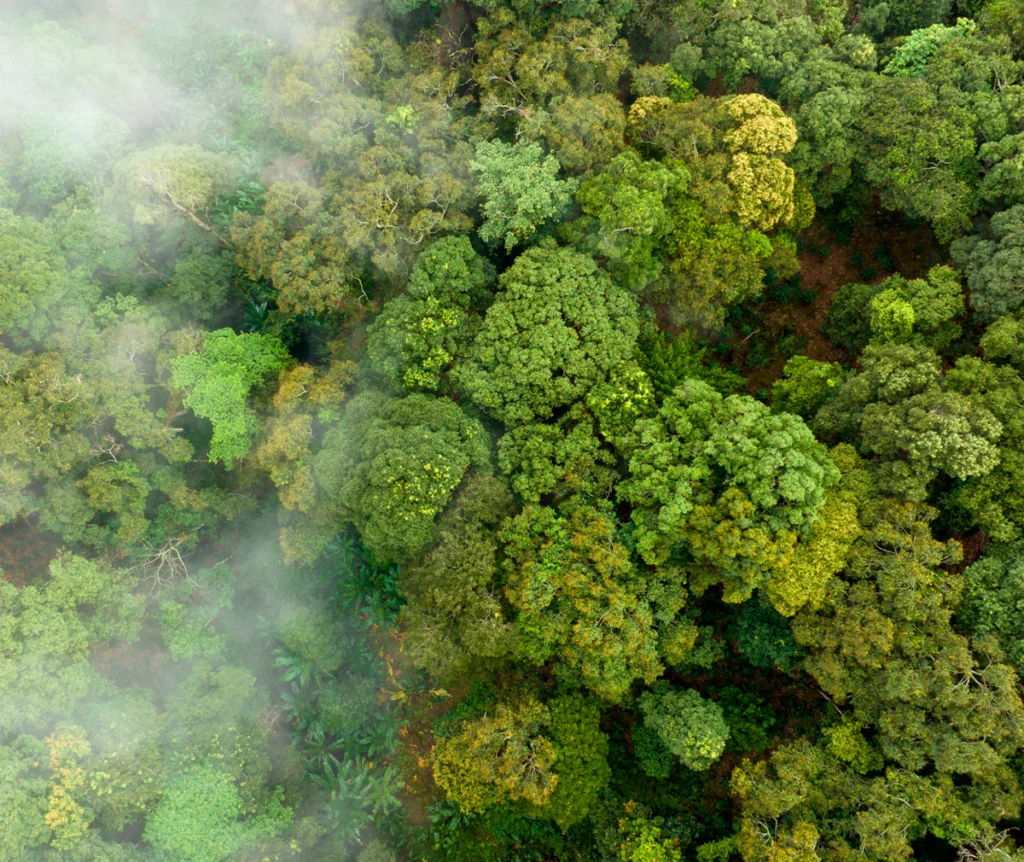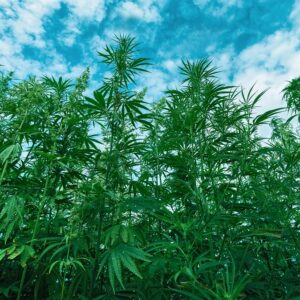ENVIRONMENTAL ADVANTAGES
OF JURASSIC HEMP
1. Carbon Capture:
Hemp has an exceptional capacity to absorb carbon dioxide (CO2), surpassing many forests and traditional crops. It is estimated that it can capture between 10 and 22 tons of CO2 per hectare . This CO2 is stored in its fibers, which are used in a variety of applications, from textiles to construction materials. * Sinéad M. Madden, Alan Ryan, Patrick Walsh | 2022
2. Biodegradability and Recyclability:
Hemp is 100% biodegradable, meaning it decomposes naturally without leaving toxic residues. This contrasts with many synthetic materials that pollute the environment. Furthermore, its ability to be recycled and reused makes it a valuable resource for a circular economy.
3. Less Water Use:
Hemp production requires significantly less water than other crops like cotton. Producing one kilogram of hemp fabric requires approximately 990 liters of water, while cotton requires around 4,400 liters. This makes hemp a more sustainable option in regions where water is scarce.
4. Reduction in Pesticide Use:
Hemp is naturally resistant to pests and diseases, which reduces the need for chemical pesticides and herbicides. This not only reduces soil and water pollution but also improves biodiversity in cultivated areas.
5. Phytoremediation:
Hemp has the ability to clean contaminated soils through a process known as phytoremediation. This process has historically been used to remove toxins from soil, as demonstrated after the Chernobyl nuclear disaster, where hemp helped decontaminate the area.
6. Improved Soil Quality:
Hemp cultivation contributes to improving soil structure and quality. By leaving organic matter in the soil after harvesting, it helps increase fertility and prevent erosion, which is crucial for maintaining healthy ecosystems.
7. Sustainable Substitute for Wood Products
Hemp can serve as a viable alternative to wood-based products, helping to curb deforestation. Its rapid growth allows for materials to be obtained without cutting down trees, protecting forests and their biodiversity.






